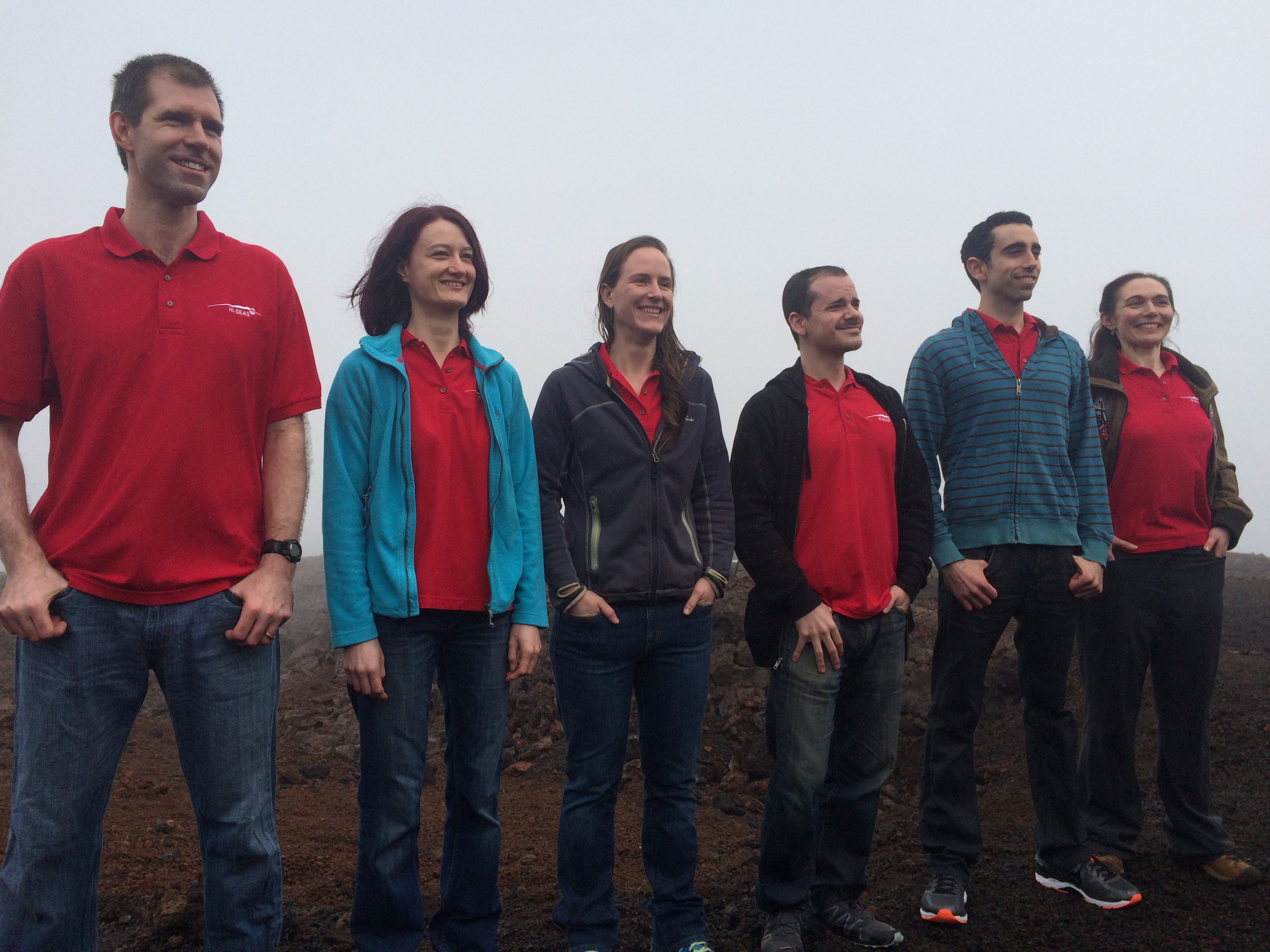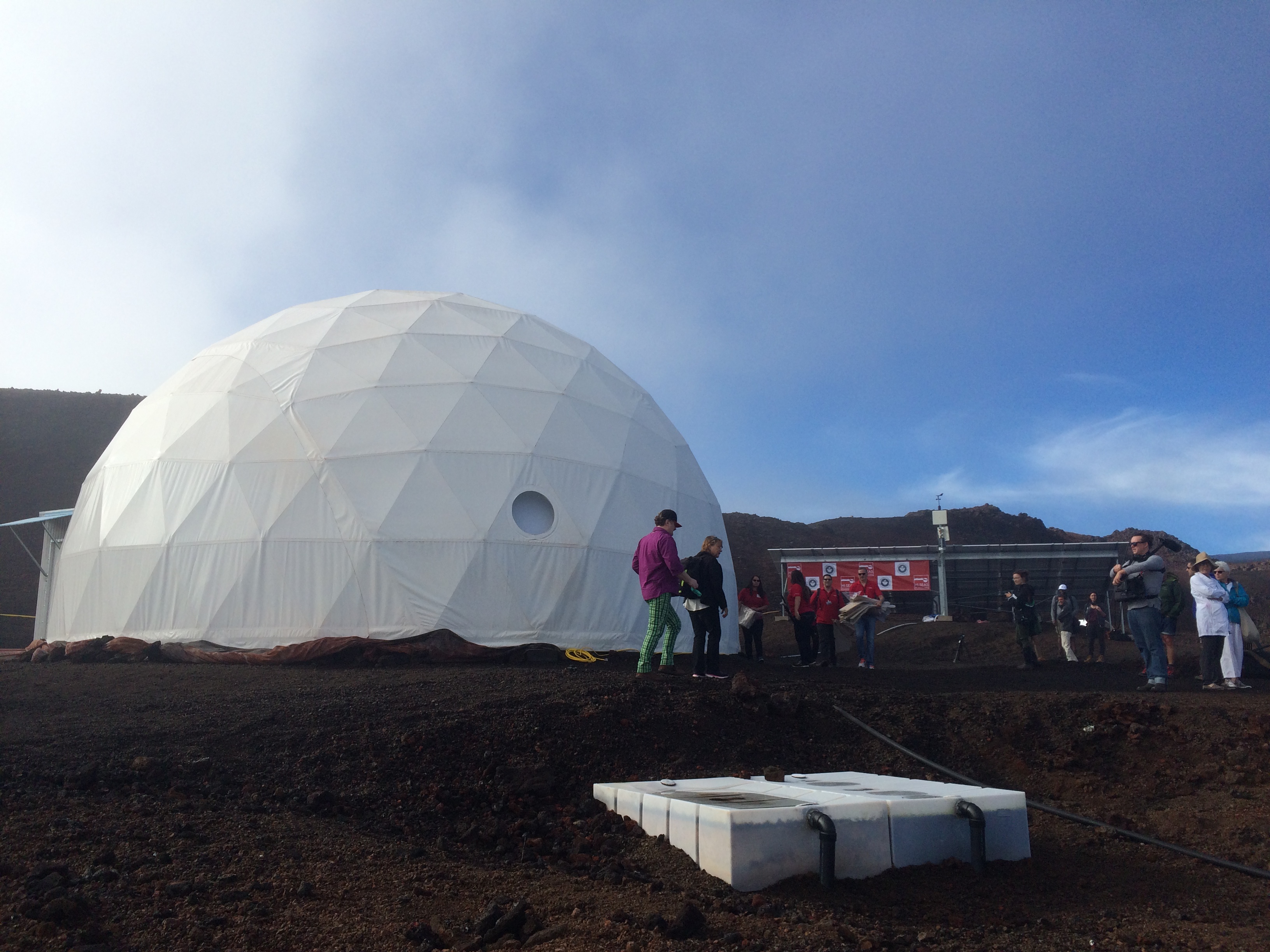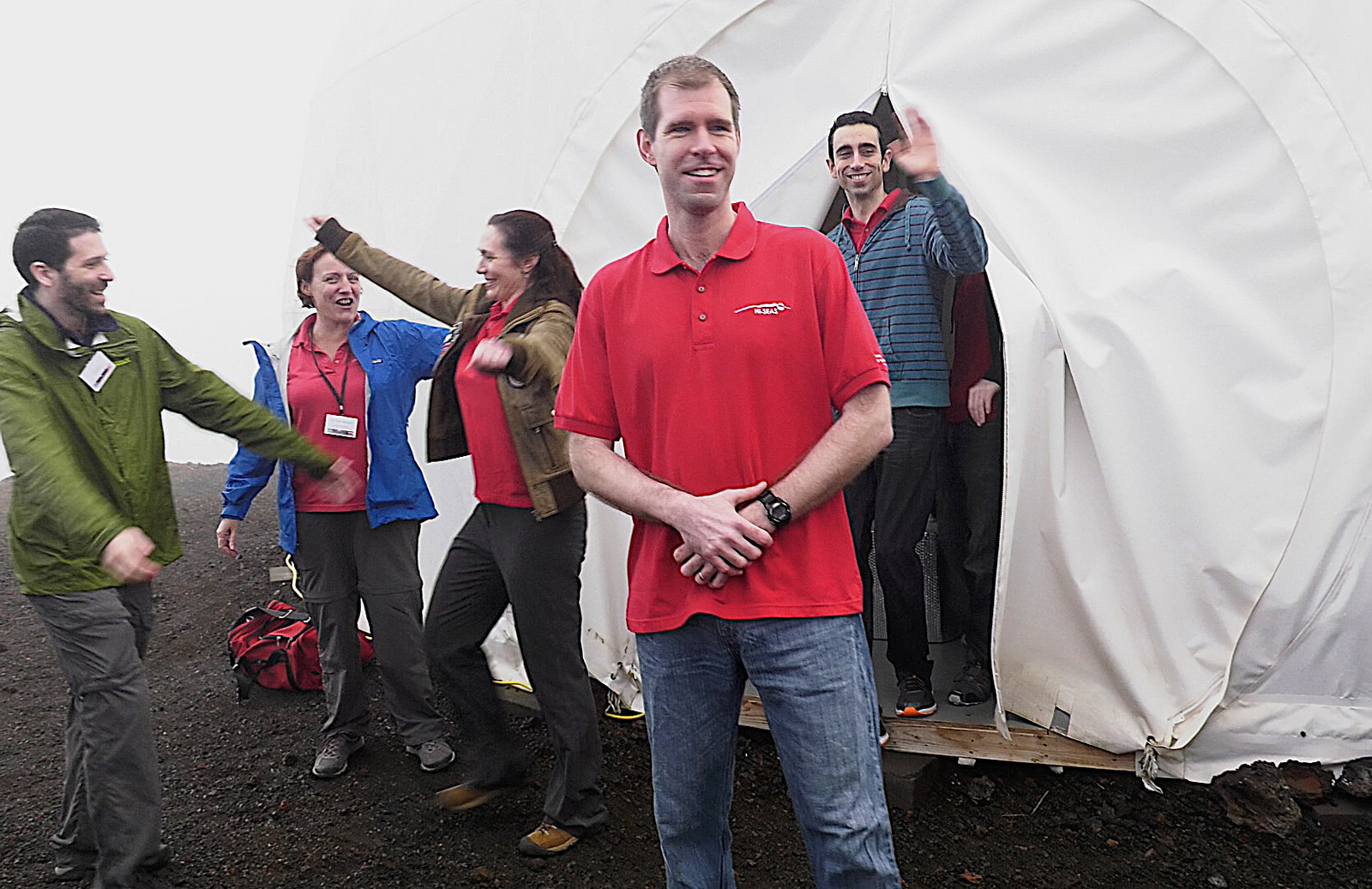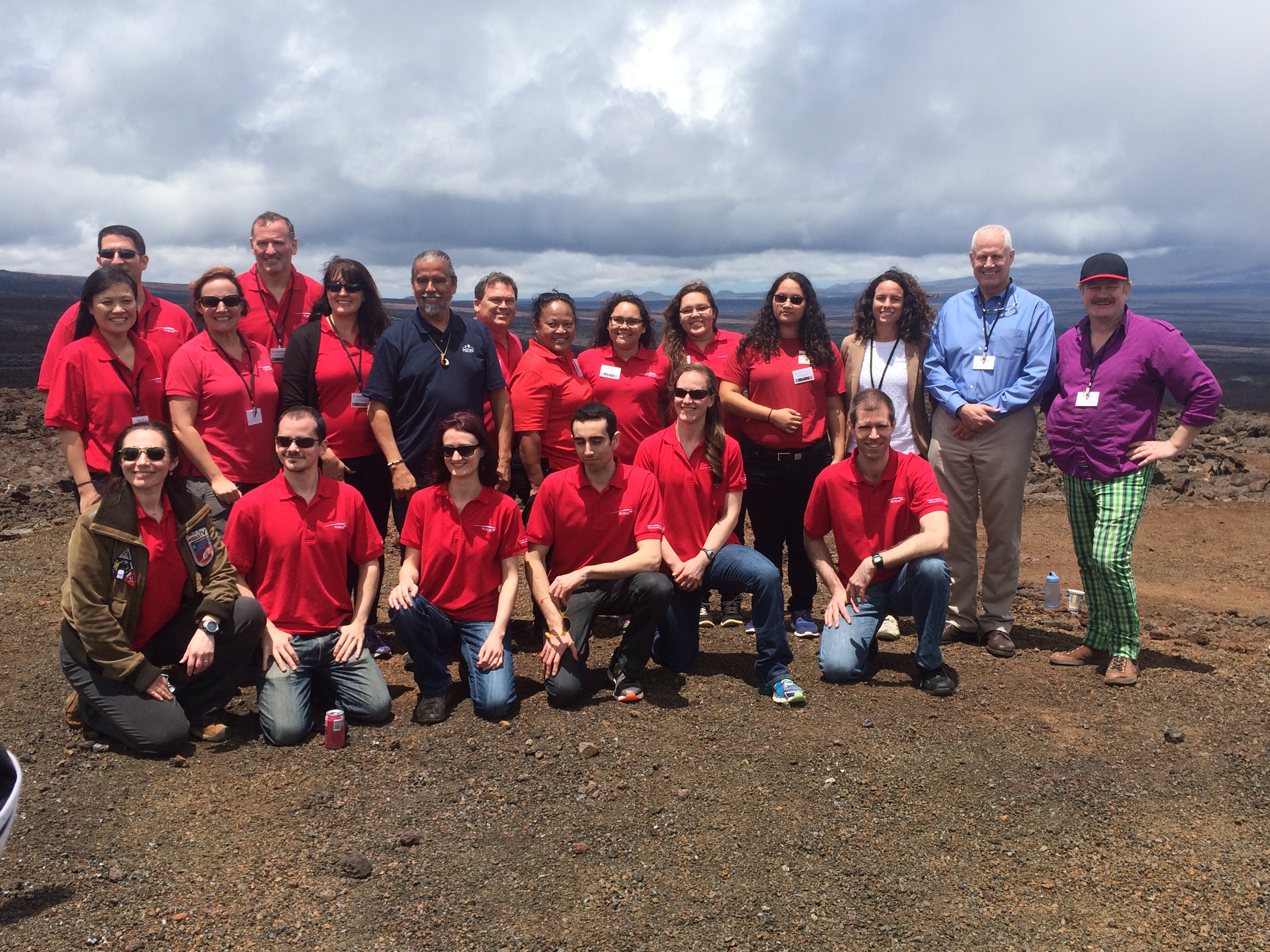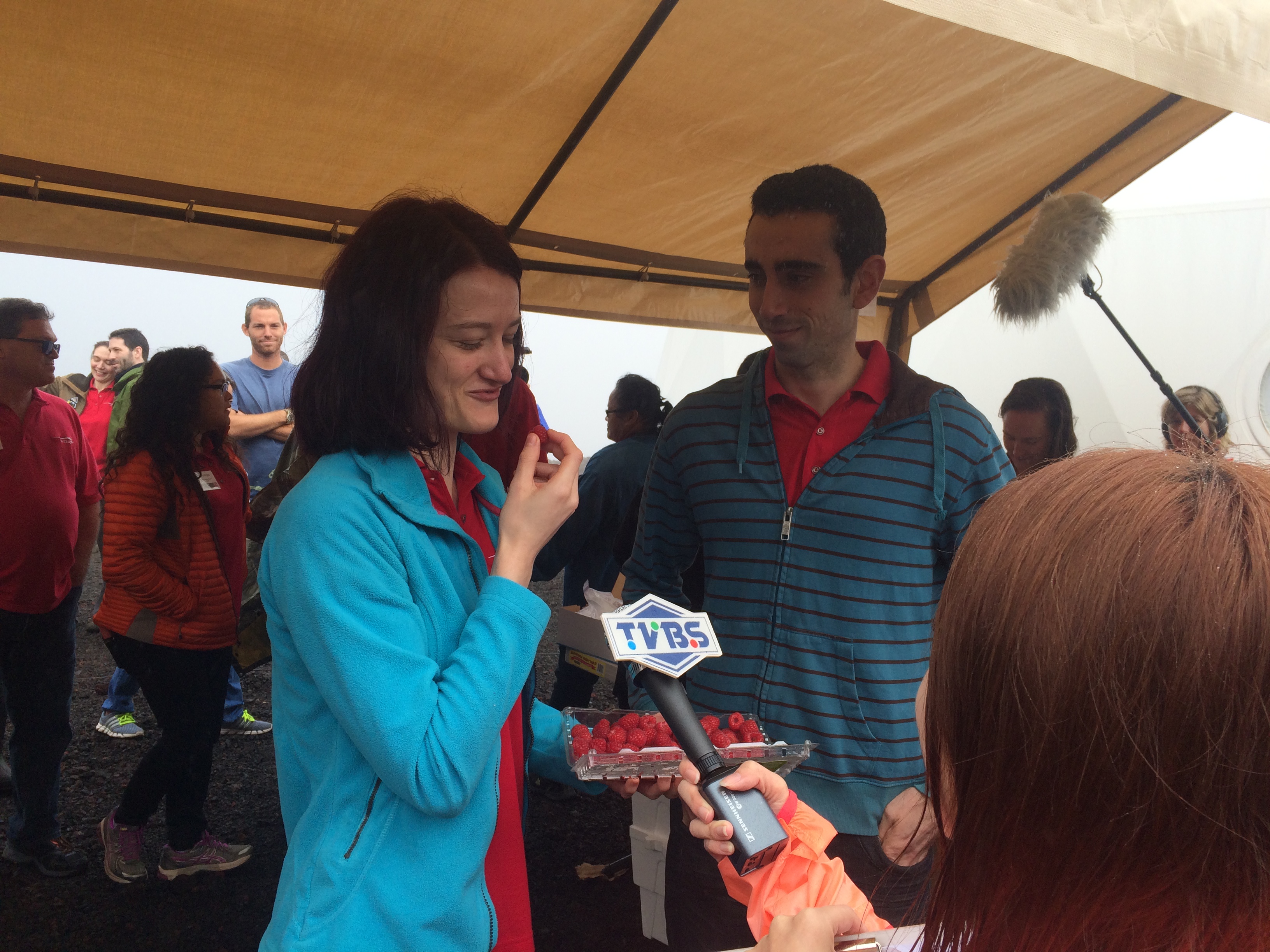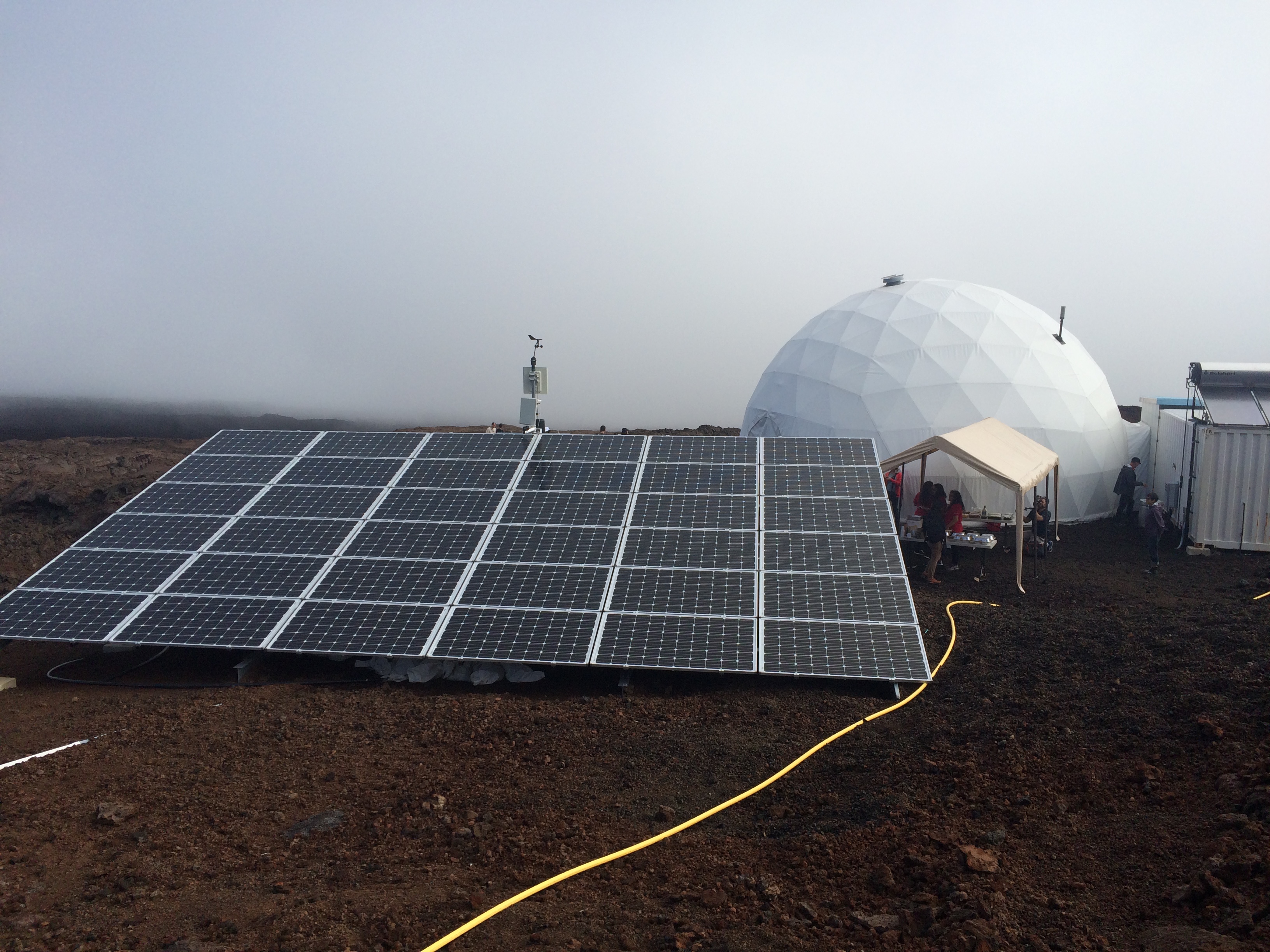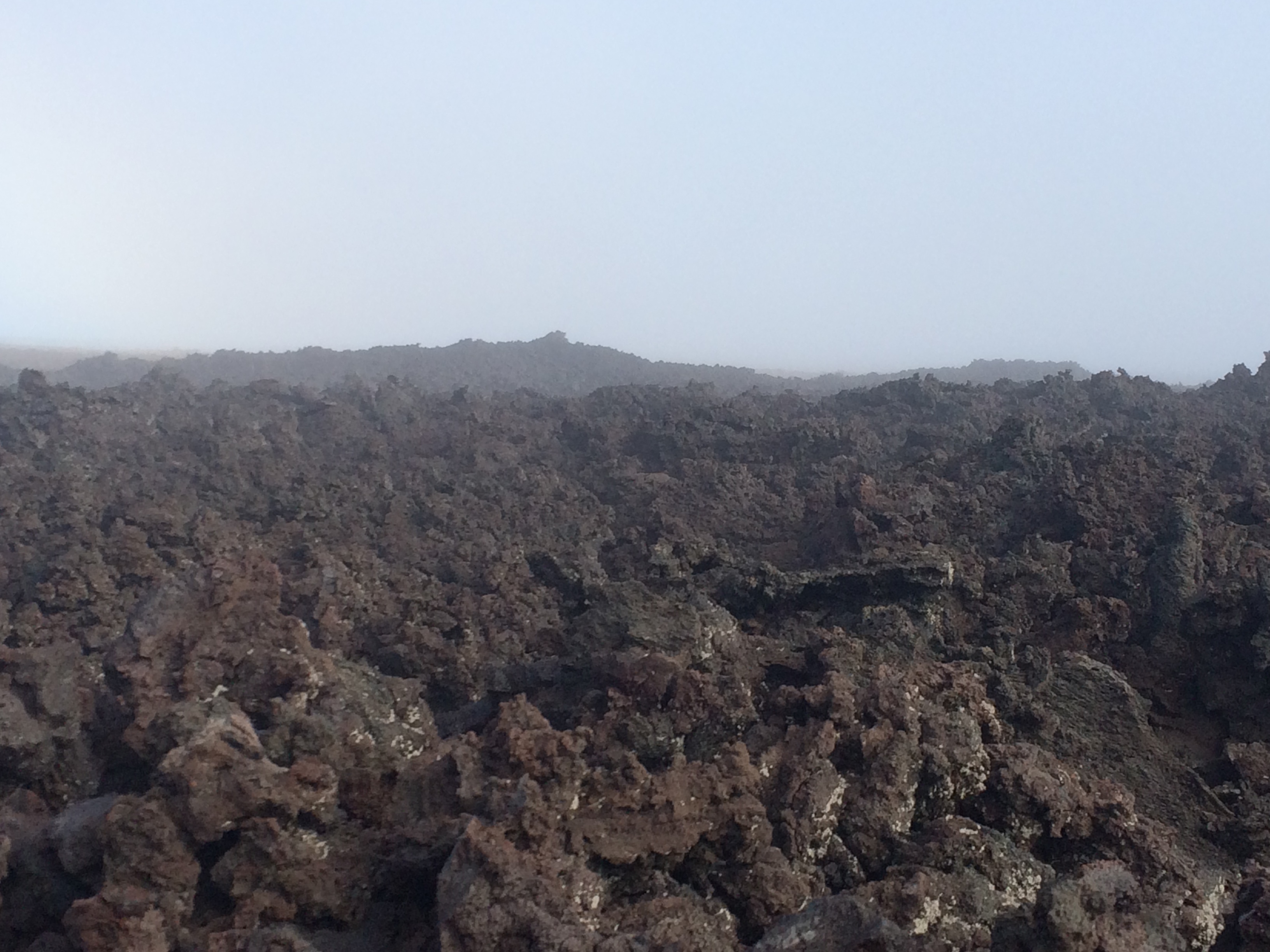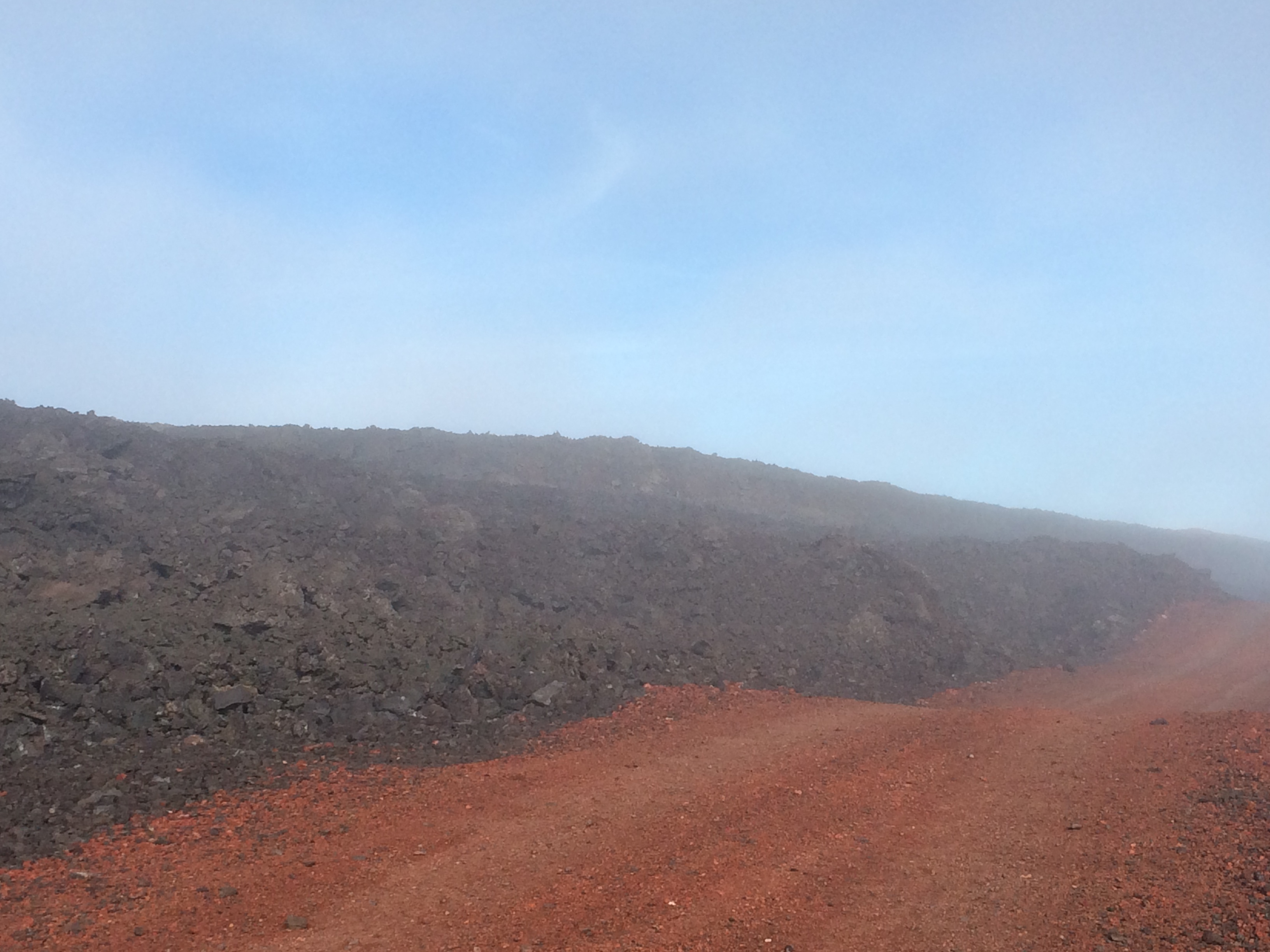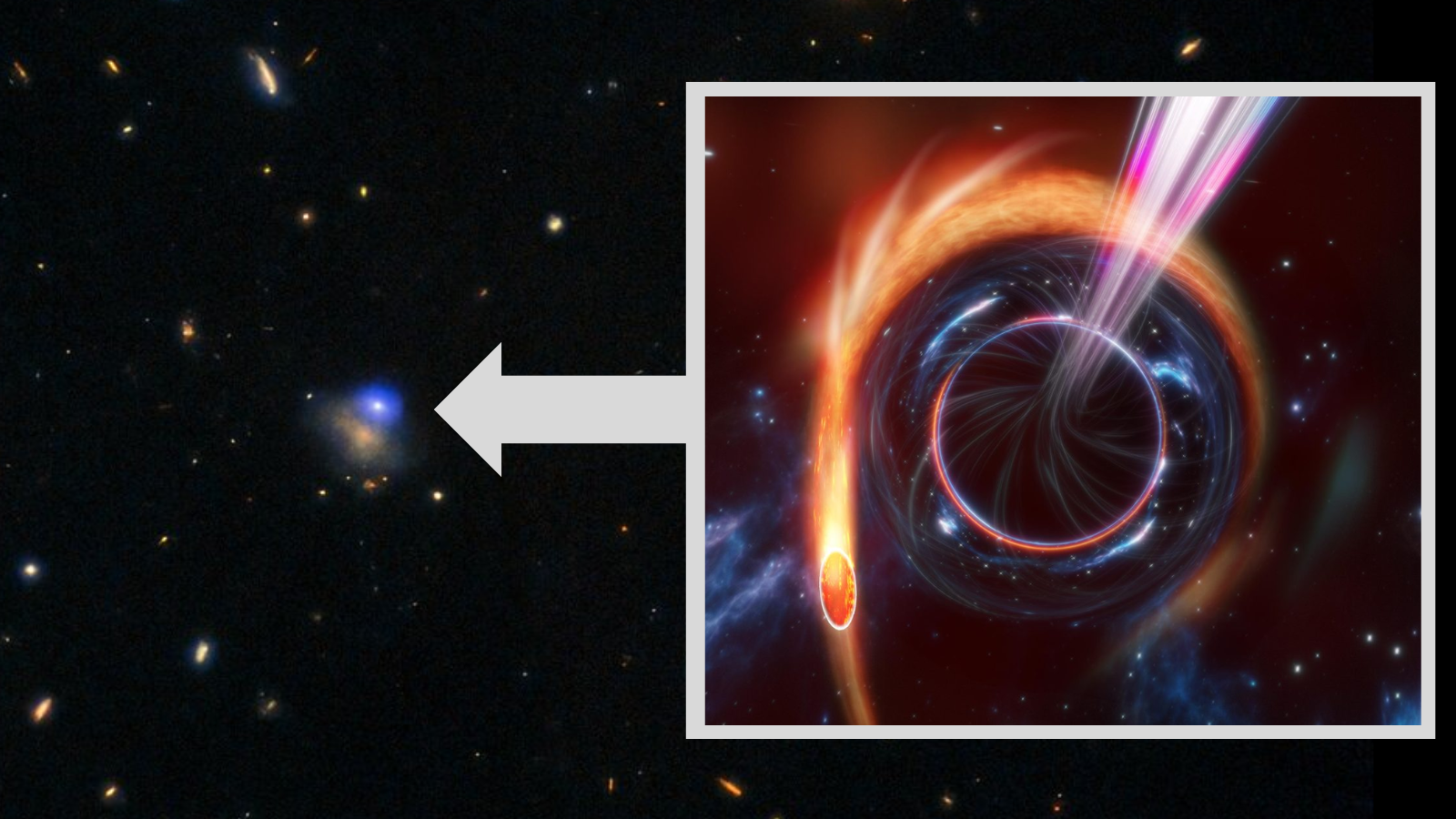One-Year Mock Mars Crew 'Returns to Earth': HI-SEAS Photos
HI-SEAS One Year Crew
After living in relative isolation for a year, the six crew members of the most recent HI-SEAS mission rejoined society on Aug. 28, 2016.
The HI-SEAS Isolation Dome
The dome habitat where crew members lived is on the slopes of Mauna Loa, on the island of Hawaii. The crew cannot leave the habitat without wearing a space suit. They have limited contact with friends, family and Mission Support. The program is run by the University of Hawaii Mānoa.
A Happy Return
Members of the HI-SEAS crew step outside the dome habitat for the first time (without a space suit) in one year. Some greeted family members, and met scientists they had only communicated with digitally.
Crew and Mission Support
Members of the HI-SEAS isolation crew pose for a photo with members of the project's Mission Support, which includes working scientists and volunteers. The crew members (kneeling in front) are (l to r): Sheyna Gifford, Tristan Bassingthwaighte, Christiane Heinicke, Cyprien Verseux, Carmel Johnston, and Andrzej Stewart.
The Joys of Earth
HI-SEAS crew member Christiane Heinicke enjoys fresh raspberries, something she sorely missed while living in the HI-SEAS isolation habitat for a full year. The crew members can only eat food that is "shelf stable" and could potentially be shipped to space, which means no fresh fruits and vegetables.
Habitat Solar Panels
A solar panel array provides electricity to the habitat. On cloudy days, crew members reduce their energy usage, as well as minimizing heating and cooking.The habitat is largely self-sufficient.
Mars, on Earth
The volcanic rock that makes up Mauna Loa is extremely jagged, and almost no vegetation grows there. As a result, the mountain is an ideal analogue for Mars.
Breaking space news, the latest updates on rocket launches, skywatching events and more!
Mauna Loa Up Close
A closer look at the rocky landscape on Mauna Loa.
The Road to Mars
The road leading up to the HI-SEAS isolation habitat is surrounded by a barren landscape.

Calla Cofield joined Space.com's crew in October 2014. She enjoys writing about black holes, exploding stars, ripples in space-time, science in comic books, and all the mysteries of the cosmos. Prior to joining Space.com Calla worked as a freelance writer, with her work appearing in APS News, Symmetry magazine, Scientific American, Nature News, Physics World, and others. From 2010 to 2014 she was a producer for The Physics Central Podcast. Previously, Calla worked at the American Museum of Natural History in New York City (hands down the best office building ever) and SLAC National Accelerator Laboratory in California. Calla studied physics at the University of Massachusetts, Amherst and is originally from Sandy, Utah. In 2018, Calla left Space.com to join NASA's Jet Propulsion Laboratory media team where she oversees astronomy, physics, exoplanets and the Cold Atom Lab mission. She has been underground at three of the largest particle accelerators in the world and would really like to know what the heck dark matter is. Contact Calla via: E-Mail – Twitter
